Apple just announced their latest AirPods Pro 3 at this week’s event, and while they are impressive with enhanced noise cancellation and heart rate monitoring features, the real story is what comes next. The current AirPods ecosystem has stretched into a full lineup at multiple price points, according to 9to5Mac. It looks like Apple is setting the stage for its most ambitious expansion to date.
What we are seeing feels like the groundwork for a leap that could change how we think about wireless audio. Apple’s launch playbook keeps widening the range. The AirPods Pro 3 stick to the familiar $249 price and offer active noise cancellation that is four times more effective, powered by the H3 chip. Still, this looks like the opening act. Predictions from MacRumors point to bigger moves ahead.
The lineup already runs from the $129 AirPods 4 to the $549 AirPods Max. Plenty of choice, plenty of lanes. And if reports land the way they read, 2026 could bring the biggest expansion in AirPods history, with a new tier that stretches what earbuds can do.
What makes the next generation so revolutionary?
Camera-equipped earbuds could arrive as early as 2026, using infrared sensors similar to those in iPhone Face ID, reports indicate from Apple Insider. Not selfie cams. Sensors. Think gesture control and richer spatial audio, according to Geeky Gadgets.
Reports suggest a next-gen H3 chip is in development that could enable those features, but Apple has not confirmed it, which brings a jump in processing power and efficiency, as detailed by Gadget Hacks. That silicon would unlock real-time environmental mapping and gesture recognition. A pinch in midair to pause, a nod to accept a call, a tilt to skip. Simple, quick, almost second nature.
Those infrared cameras would read your surroundings and movements with fine-grained precision. Research from PC Outlet suggests in-air gesture control similar to Apple’s Vision Pro, built straight into your earbuds. So the impact goes far beyond volume up or down. It could mean context-aware interactions that reshape accessibility and hands-free computing.
Battery life and usability matter too. The H3’s energy-efficient design hints that Apple has tackled one of the hardest parts of putting sensors in something this small, possibly improving on the AirPods Pro 3’s eight-hour listening time with ANC turned on.
How will Apple’s ecosystem strategy unfold?
Apple is not ditching the current models. Instead, it plans a new tier within the AirPods family. The camera-equipped version would ship as a separate SKU alongside traditional AirPods Pro models, according to 9to5Mac’s analysis. Classic Apple move, widen the family, match different use cases, let buyers pick their lane.
By 2026, the lineup could include five models, AirPods Pro 3 with cameras, standard AirPods Pro 3, AirPods 4 with ANC, regular AirPods 4, and AirPods Max. A long way from the single model that debuted in 2016.
The real magic is how these buds could plug into Apple’s broader spatial computing push. Industry analysis from Geeky Gadgets indicates they would work hand in glove with Vision Pro headsets and future AR devices. Those infrared sensors could feed environmental data into Apple Intelligence features for interactions that feel more aware of context.
There is a strategic angle here too. According to Apple Insider, the AirPods could pass Visual Intelligence information to your iPhone while it sits in your pocket, essentially giving your devices eyes through your earbuds. For privacy-minded folks who want ambient computing without waving a phone around, that is a compelling pitch.
What does this mean for users and the market?
This is not about party tricks. Camera-equipped AirPods could change daily habits, especially for accessibility. Picture stirring a pot and dismissing a timer with a flick, or starting a workout playlist with a quick gesture on a run. Small moments, big quality-of-life upgrades.
Spatial audio stands to level up as well. Instead of just tracking head position, these AirPods could read the room in real time and adjust sound accordingly, quiet library, gentle tuning, busy coffee shop, more isolation. Research from PC Outlet suggests this environmental awareness could make audio feel more natural and grounded in the space around you.
From a market angle, the timing feels deliberate. Spatial audio keeps gaining traction, and specialized hardware could carve out a new category before rivals catch up. Industry experts predict these enhanced models will carry premium prices, potentially 30 to 50 percent higher than current high-end AirPods, according to the same source.
Zoom out. This is Apple staking a claim in ambient computing, where devices understand what you are doing, where you are, and how you move through the world. If sensors in your ears become as common as cameras in your phone, early leadership here could be decisive.
Where does Apple go from here?
The roadmap points to 2026 as a turning point. Multiple analyst reports, including predictions from Ming-Chi Kuo, point to mass production beginning that year for camera-equipped models, as reported by Apple Insider. This step is more than a spec bump. It nudges AirPods into the role of everyday interface for seamless, always-there computing.
Privacy will sit front and center. Expect on-device processing to be emphasized and data handling spelled out clearly, areas where Apple’s silicon and privacy stance can do real work. I would not be surprised if that becomes the headline in marketing.
Looking past 2026, the idea gets even more interesting. Industry analysis from Tech Times suggests that combining advanced audio processing, environmental sensing, and gesture recognition could make AirPods a key interface for the next generation of computing.
Bottom line, the AirPods Pro 3 that just landed may be the peak of classic earbuds. The next wave could redefine wearables and how we move through our digital lives. The only open question is simple. Are we ready for earbuds that do this much?




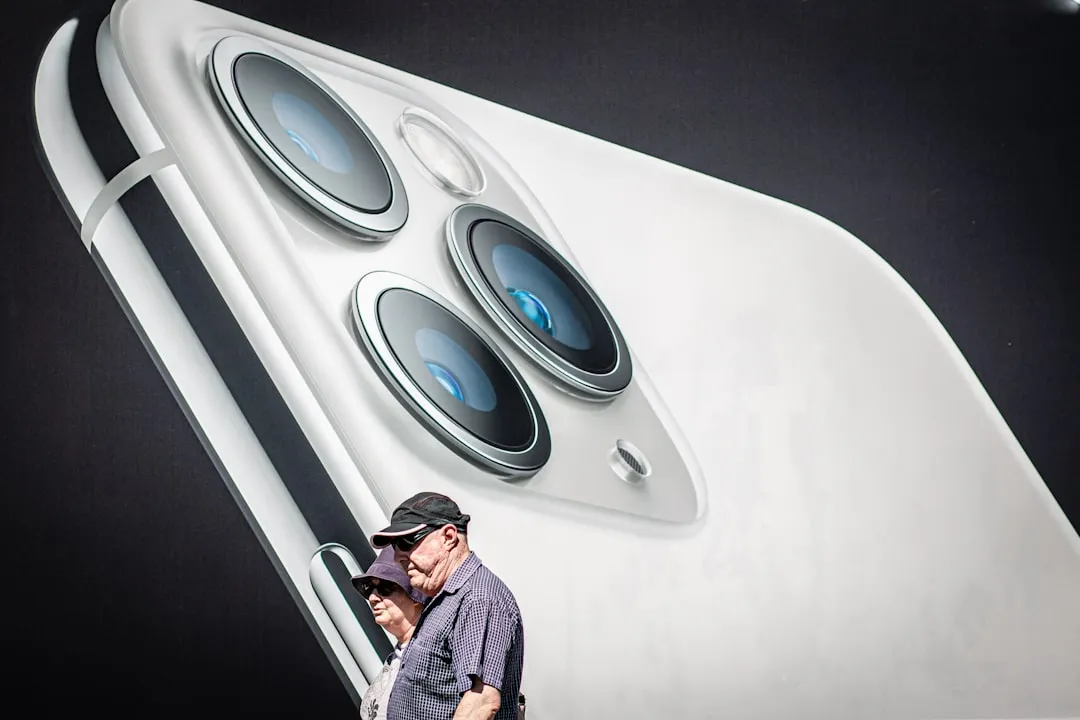
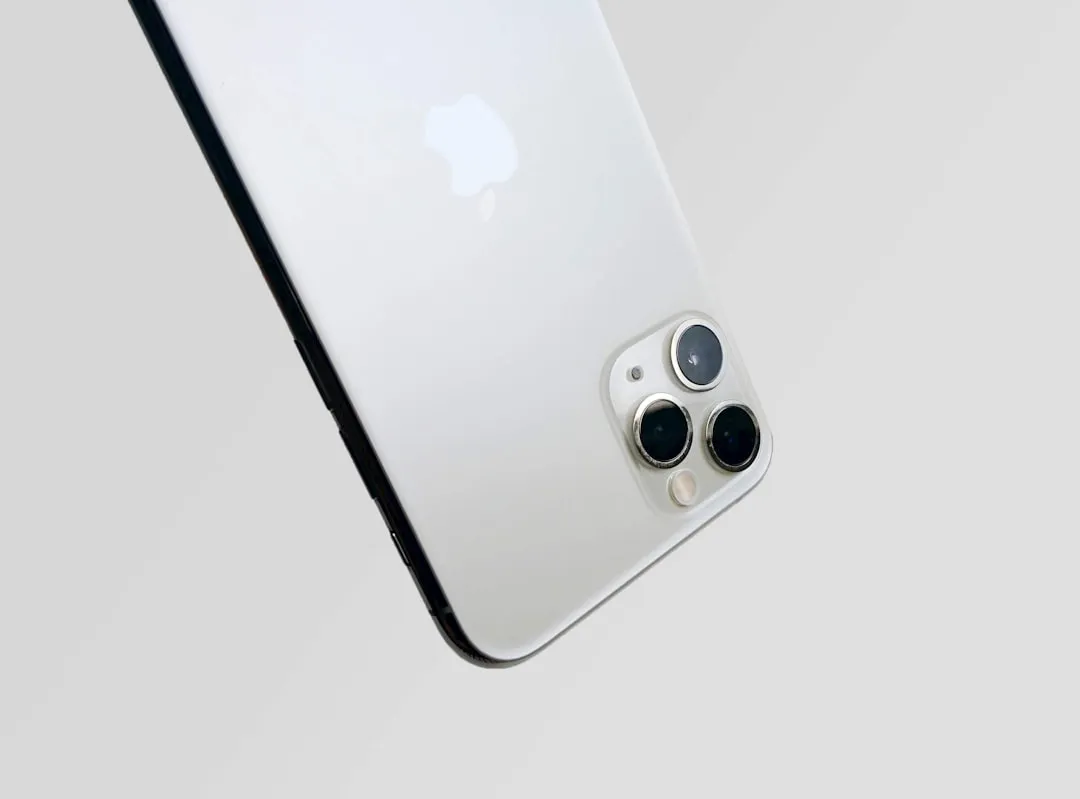




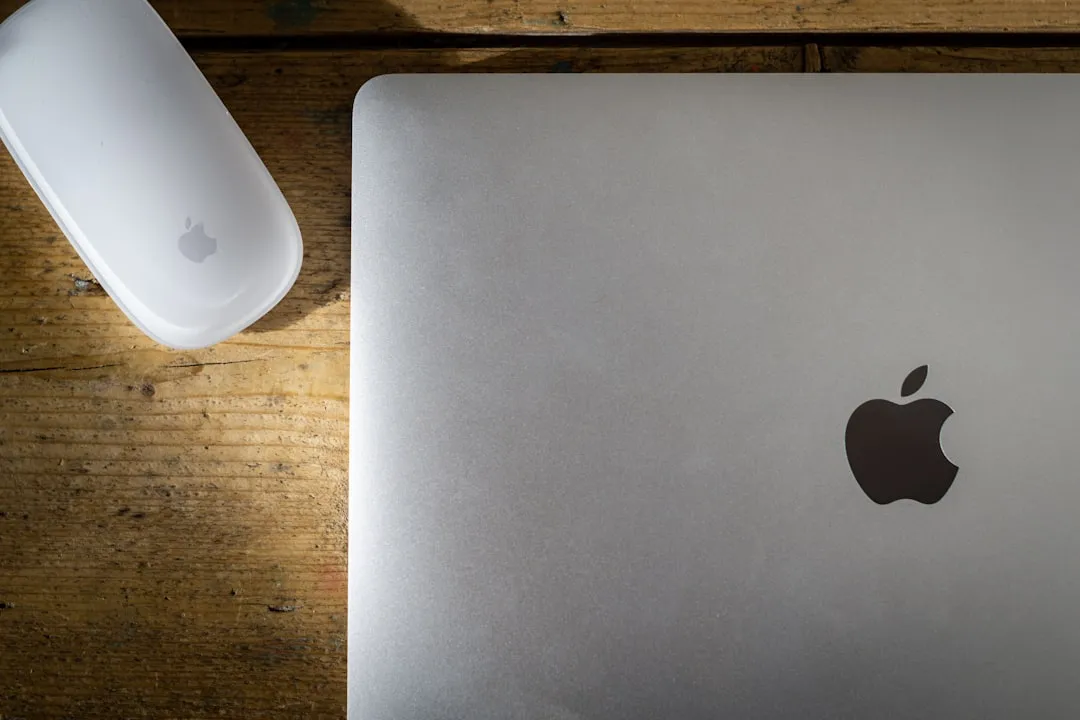

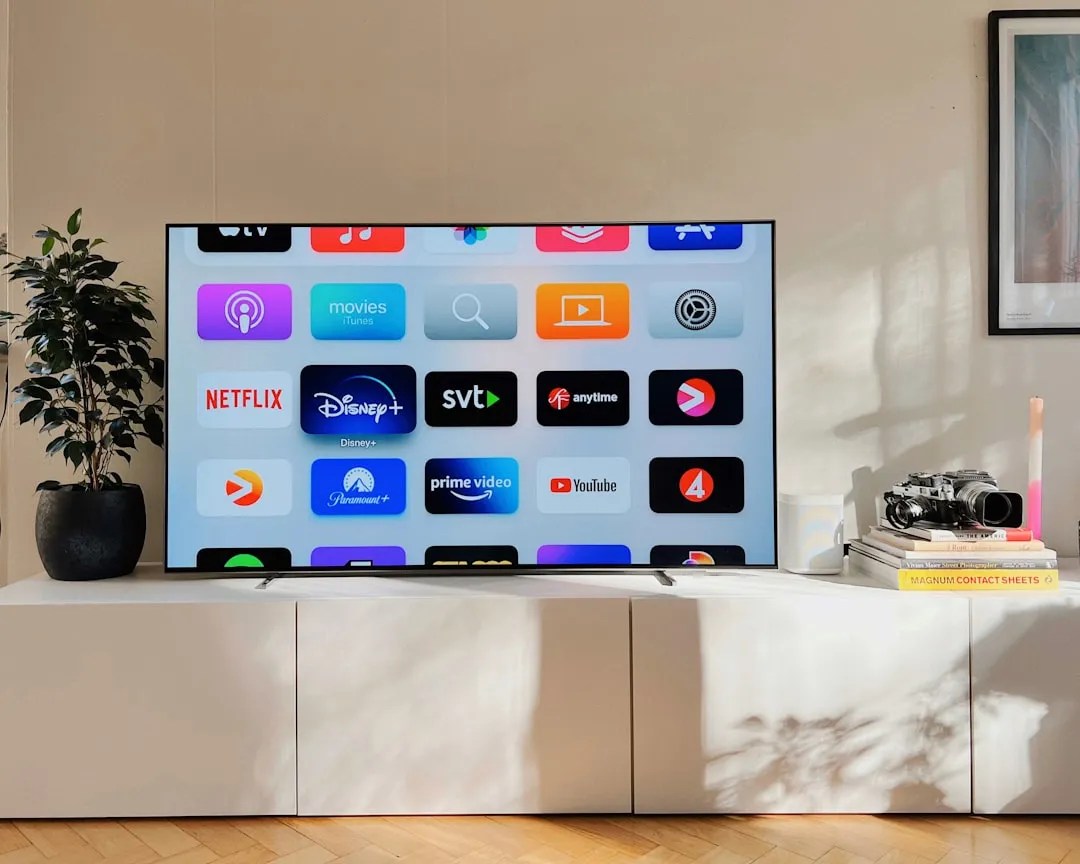
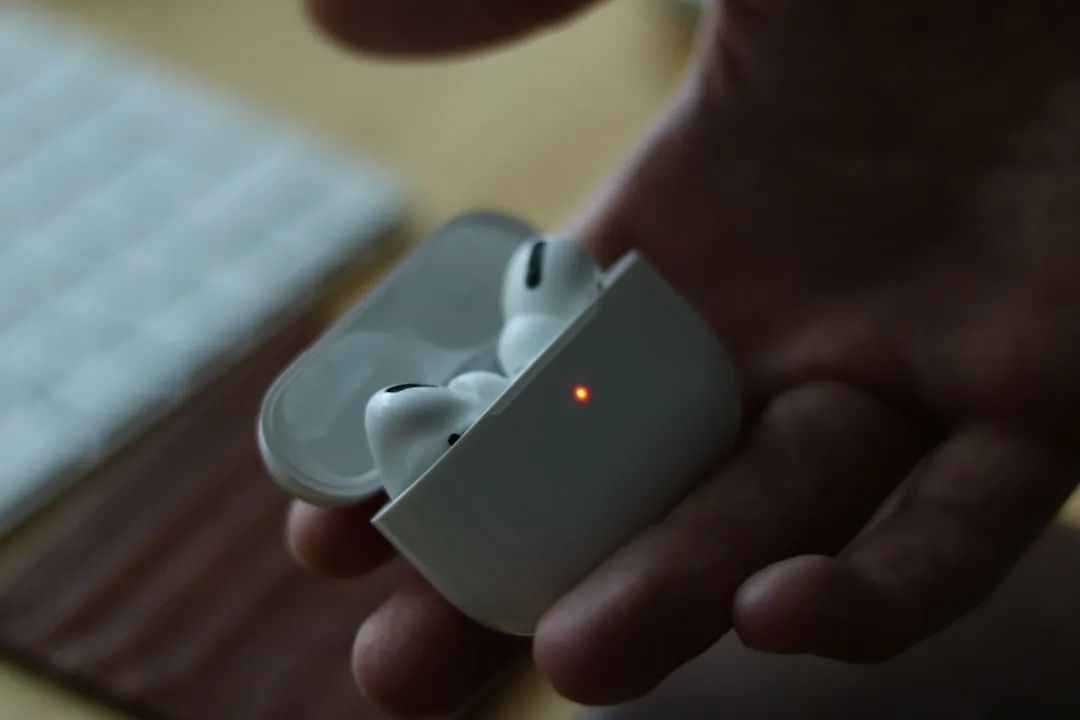

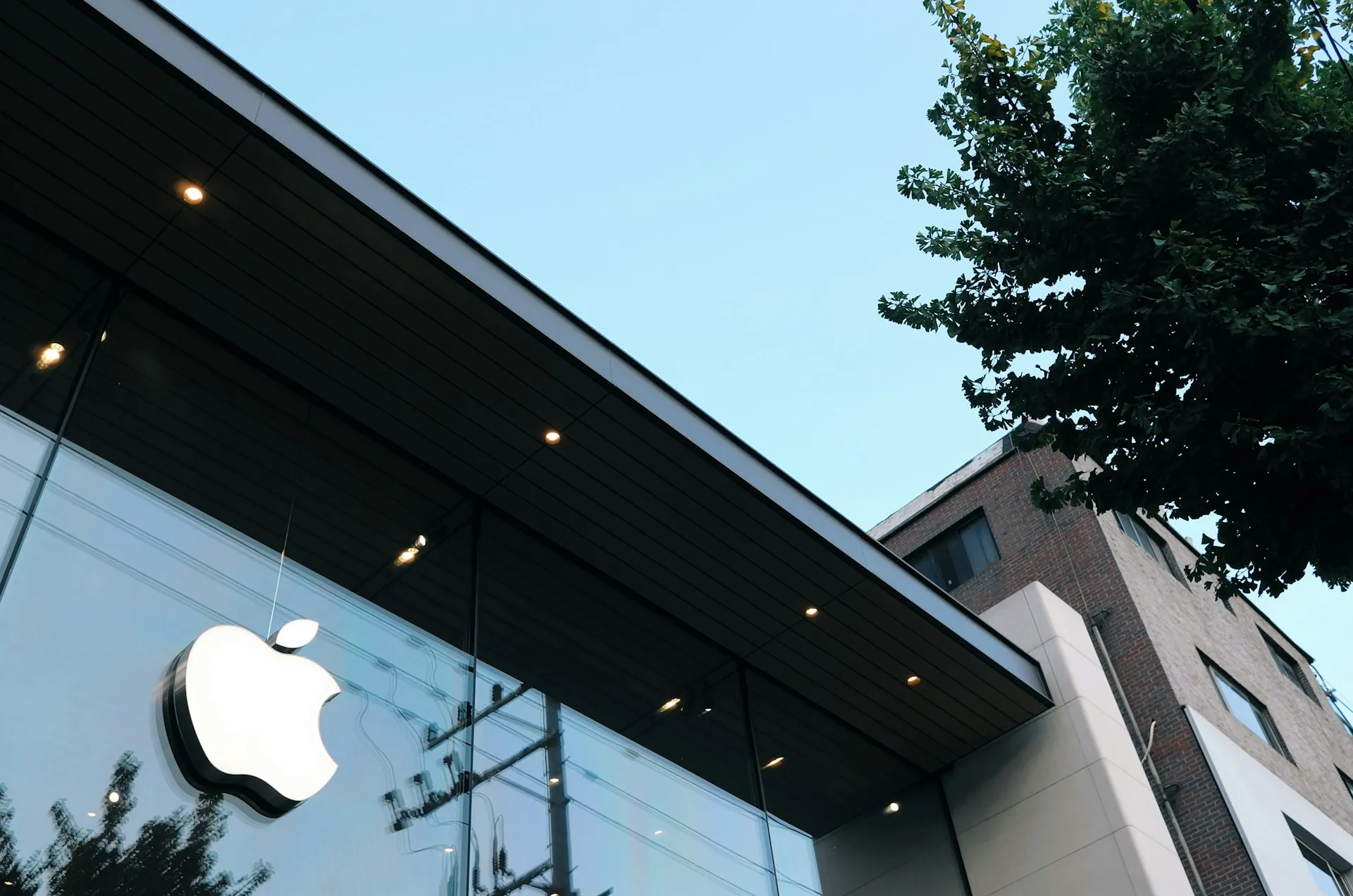

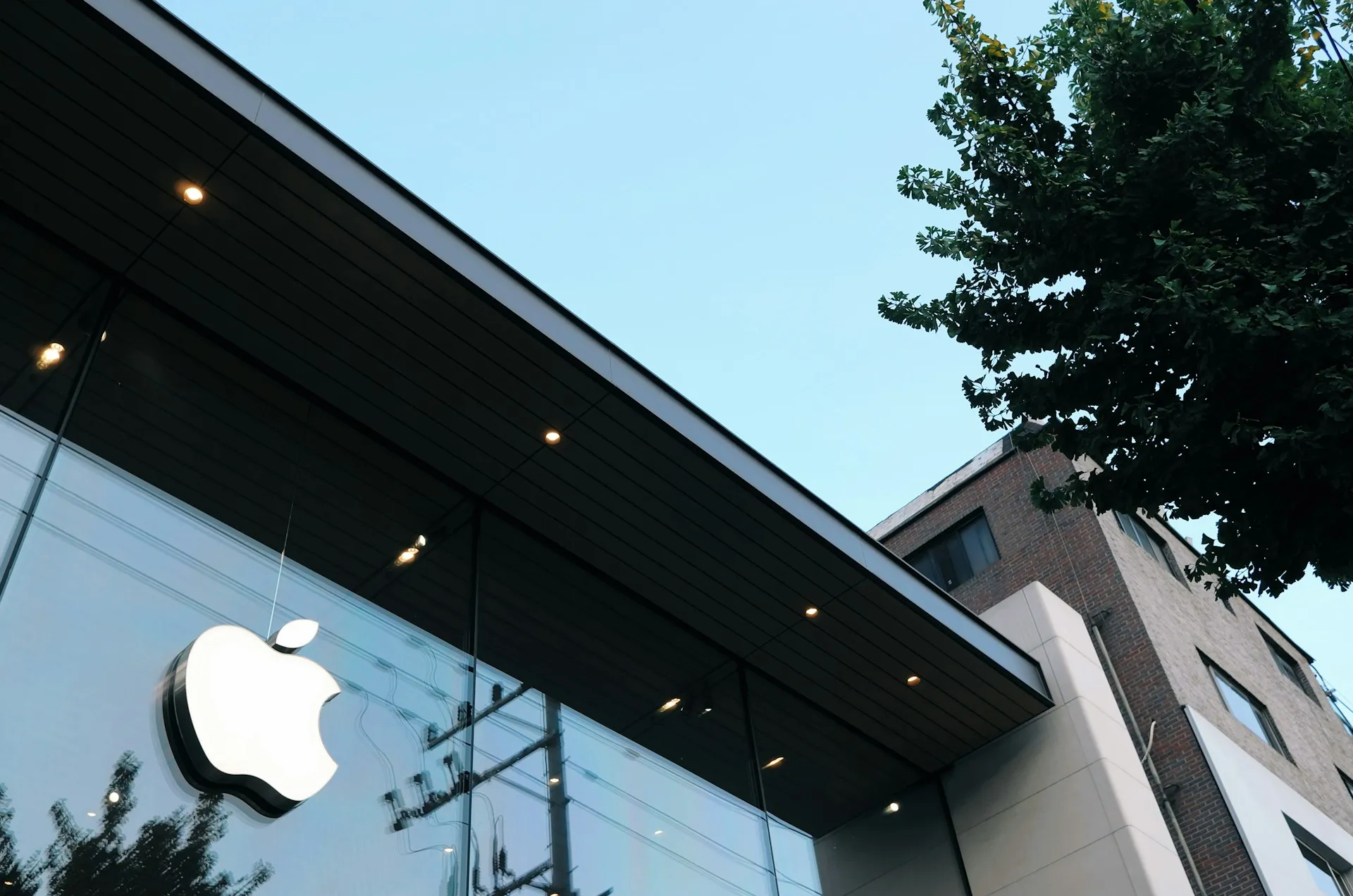

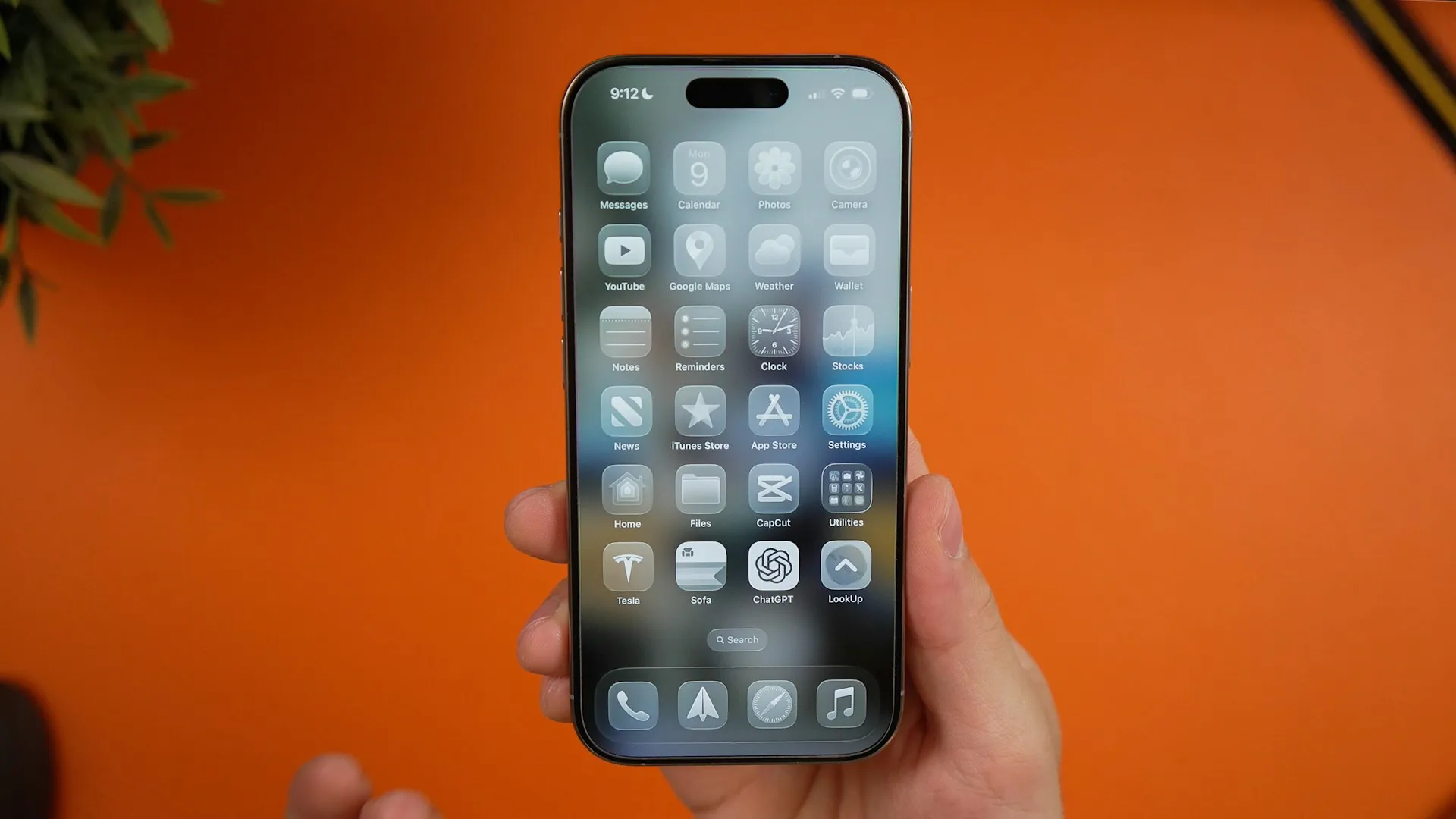





Comments
Be the first, drop a comment!